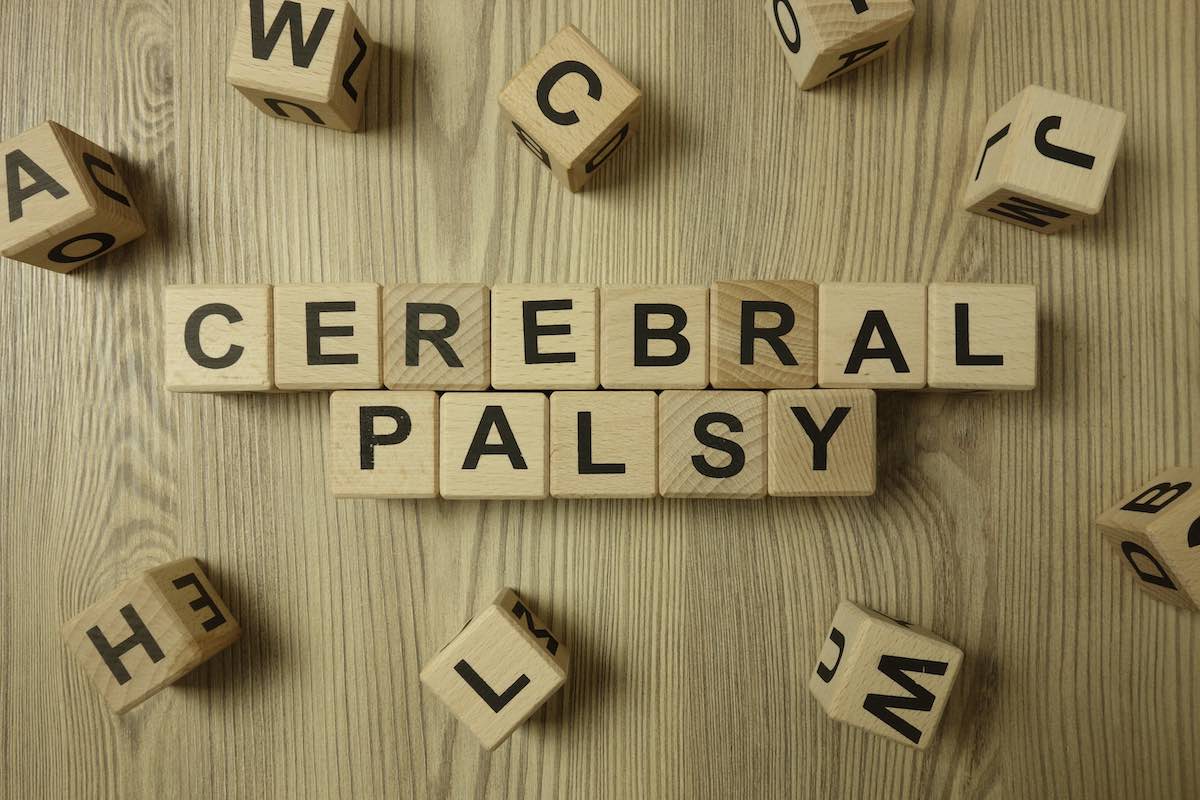Cerebral palsy causes tremors or uncontrolled shaking in some people. Just imagine it- your body making rhythmic, involuntary motions that one does not tell it to do. It can occur anywhere in your body, making daily activities somewhat difficult to handle, like holding things. The good news, however, is that many people with cerebral palsy have found ways to manage these tremors successfully, and they can lead a fulfilling and meaningful life.
Causes of Tremors in Cerebral Palsy
Shaking or trembling is often characteristic of ataxic cerebral palsy, a rare form of Cerebral Palsy. This type only accounts for about 5% of the total CP cases. It results from damage to a certain part of the brain, the cerebellum. This region is responsible for helping our body sustain balance and coordinate our movements.
Individuals with ataxic cerebral palsy commonly face what is known as intentional tremors. These tremors appear when a person intentionally tries to move from one position to another. The closer one gets to his or her target, the worse these tremors become. As a result of this fact, completing activities that demand precision and fine motor control, such as writing and managing utensils, is quite difficult.
The intention tremor’s appearance can be based on the exact cerebellar injury or damage site. If the damage is to one side of the cerebellum, the tremors appear on the opposite side of the body. Therefore, in right-sided cerebellar damage, the client would present with tremors on the left side and vice versa.
Symptoms
The cerebellar injury can result in more complications and shaking/trembling. As the experience of ataxic cerebral palsy differs in each person, the ability to recognize other possible issues should be there.
Along with tremors, some of the other frequent concurrent issues of damage to the cerebellum include:
- Abnormal gait (wide-based gait)
- Poor coordination, as well as loss of balance
- Dizziness
- Difficulty in manipulating small things
- Poor muscular tone
- Difficulty in enunciating
Such effects stemming from damage to the cerebellum must be identified with a healthcare team’s help. They are best controlled through this teamwork approach. Very often, the severity of tremors and associated secondary symptoms due to ataxic cerebral palsy can be minimized if their intervention is given on time.

Tremors and Cerebral Palsy Management
The brain injury that causes cerebral palsy does not get any worse with age. However, if not treated, it is actually true that signs and symptoms might possibly increase with age and take their toll on one’s quality of life. Thus, it is worth paying attention to ways to alleviate the side effects of cerebral palsy, such as tremors, and come up with helpful strategies that will enable you to enhance your abilities.
The following are among the best approaches to manage tremors in cerebral palsy patients:
Medications
Unfortunately, we do not yet have an effective chronic pharmacologic therapy for intentional tremors. Medications can temporarily alleviate the symptoms by reducing the amplitude of the tremors; however, they are not recommended for long-term therapy because of their dangerous side effects.
Following are some of the commonly prescribed medications for patients with cerebral palsy who also have developed tremors:
- Beta-blockers such as Propranolol.
- Anti-epileptic drugs include Carbamazepine, Clonazepam, Gabapentin, Levetiracetam, Primidone, and Topiramate.
- Drugs that enhance the level of dopamine in the brain. Ropinirole, Amantadine, Levodopa, Pramipexole.
- Anticonvulsants, such as Diazepam, Alprazolam, and Clonazepam.
- Not the least, Botox Injections.
Physical Therapy for Tremors
Sufferers of ataxic cerebral palsy have gained positively from the physical treatment. It improves their general way of locomotion by focusing on exercises that improve balance and coordination.
Tremors that may act as a barrier to adequate movement may always discourage a cerebral palsy sufferer from trying any activity that requires coordination. The problems in coordination can retard not only the walking process but also simple outdoor games and activities like jumping, skipping, and kicking or tossing.
In other words, coordination skills not put to a good exercise would not improve. Thus, physical therapy tries to get the patient to enhance their tremors by practicing certain coordination activities that are challenging enough.
While the tremors might not disappear entirely, the constant interaction caused by targeted exercises can result in a more confident and able individual working through their tremors and maneuvering around.
Occupational Therapy
Occupational therapy aims to enhance the independence and motility of individuals living with tremors by instilling in patients the need to develop skills in daily life. Indeed, the performance of common activities, such as dressing up, brushing teeth, or using cutlery regularly, can potentially enhance one’s skill in people who have been afflicted with ataxia.
Occupational therapists will also teach you the use of helpful tools, such as reachers, adapted utensils, and button hooks, to help you be more independent. Many times, weighted tools can considerably minimize the effects of the tremors and make a task, such as eating or writing, much easier, smoother, and more controllable.
Hippotherapy and Aquatic Therapy
Hippotherapy is a form of therapeutic horseback riding that has also proved to be very effective in people with cerebral palsy. The horse’s motion will stimulate the rider to respond through postural adjustments and balance reactions to develop coordination over time further. Although not a direct treatment for the tremors, hippotherapy promotes more control of the core and sensory input that can lead to improved motor planning and execution.
Aquatic therapy, in and of itself, is another very excellent medium for rehabilitation. The buoyancy of water reduces the amount of gravitational stress on joints and muscles, allowing for movements that would be more challenging on land.
The water’s resistance further helps build muscle strength and improves the range of motion. These exercises, being therapeutic in nature and set in a serene pool environment, will go a long way in reducing the severity of tremors and improving postural alignment.
Both hippotherapy and aquatic therapy are engaging and supportive for the clients; thus, they help build confidence and motivation. This emotional uplift is important in encouraging the individuals to continue with their therapy and improving the quality of their lives.
Speech Therapy
Speech therapy forms another important component in the management of ataxic cerebral palsy, particularly when such tremors and control problems directly hamper speech capabilities. Speech therapists work with the individual to improve articulation, speech rhythm control, and all aspects of communication capability.
Speech therapy methods may vary; they range from exercises to strengthen muscles around the mouth and throat to using assistive technology to help communicate more effectively.
Speech therapy will also help socialize since the child communicates well and develops confidence and assurance in interactions. It usually involves establishing achievable goals and succeeding in smaller milestones to keep the spirits high for motivation and achievement.
Adaptive Equipment and Technology
Adaptive equipment and technology improve the quality of life among persons affected by ataxic cerebral palsy. Various tools have been developed as technology evolves to help with daily life activities and communication.
For instance, mobility aids, such as walkers and custom wheelchairs, provide balance and support, enabling people to get around with greater independence. In addition, electronic aids like voice-activated devices and specially designed software applications assist in effective communication. They may prove vital to individuals with difficulty expressing themselves verbally.
It increases a person’s potential through specific solutions to his/her needs. From adapted computer interfaces to interactive learning dynamic applications, technology can reduce gaps in accessibility and open doors for learning and growth.
Summary
Such multifaceted methods help mitigate the symptoms and form a significant basis for the person to have a full and independent life. Consistent use of these therapies and technologies can create new opportunities and further improve those affected’s general quality of life.

